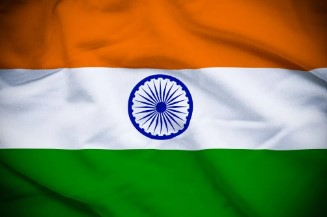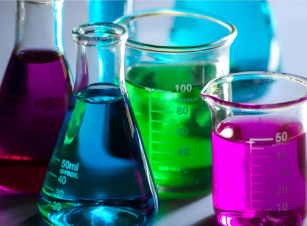The Bureau of Indian Standards opens public consultation on revised standard for PET bottles for packaging of alcoholic beverages.

In January the Bureau of Indian Standards (BIS) released for public consultation the revised draft Indian Standard for Specification of Polyethylene Terephthalate (PET) Bottles for Packaging of Alcoholic Beverages (First Revision of IS 14537).
Scope of the Standard
This standard specifies the conditions, procedures, and test methods for poly(ethylene terephthalate) (PET) bottles used in the packaging of both distilled and non-distilled alcoholic beverages. Distilled alcoholic beverages include brandy, gin, whiskey, and rum. Non-distilled alcoholic beverages can be carbonated (i.e. beer and sparkling wine) or non-carbonated (i.e. wine).
Main changes in the revised Standard
This standard (IS 14537) was first released in 1998. This revision takes into account editorial alignment and compliance with several relevant rules. The main changes in this revision are the following:
- The material requirement has been changed.
- Recyclability and other requirements for plastics must be in compliance with the Plastic Waste Management Rules, 2016, as amended.
- Specific migration limits as per Food Safety and Standards (Packaging) Regulation 2018 and its amendments have been incorporated.
- The marking/labelling clause has been revised to a marking/packing clause with labelling requirements in accordance with the Food Safety and Standards (Labelling and Display) Regulation, 2020 and its amendments and Part 5 (Specific Labelling Requirements for Alcoholic Beverages) of the Food Safety and Standards (Alcoholic Beverages) Regulations, 2018.
Migration test
Overall migration: When tested in according to IS 9845, the total migration limit must not be exceeded and must be 60 mg/kg or 10 mg/dm2 with no discernible colour migration. In the case of colored plastics, colour that has migrated into the simulant shall not be visible to the naked eye (see IS 9833). Even if the extraction value is below the overall migration limit, such materials are not suitable if the colour migration is clearly visible. Specific migration: Specific migration is tested to determine the amount of a specific substance that can migrate from a food packaging material or food container into food. Specific migration limits are usually expressed as mg/kg of food. The migration limits for the specified substances in the simulant are given in the table below.
| Toxic Substances | Migration Limit, Max, mg/kg |
| Barium | 1.0 |
| Cobalt | 0.05 |
| Copper | 5.0 |
| Iron | 48.0 |
| Lithium | 0.6 |
| Manganese | 0.6 |
| Zinc | 25.0 |
| Antimony | 0.04 |
| Phthalic acid, bis(2- ethylhexyl)ester (DEHP) | 1.5 |
Timeline
The Bureau of Indian Standards (BIS) is consulting on the revised standard for polyethylene terephthalate (PET) bottles, used for packaging alcoholic drinks until 8 February 2024.
We acknowledge that the above information has been compiled from Indian Standards Bureau (BIS).



